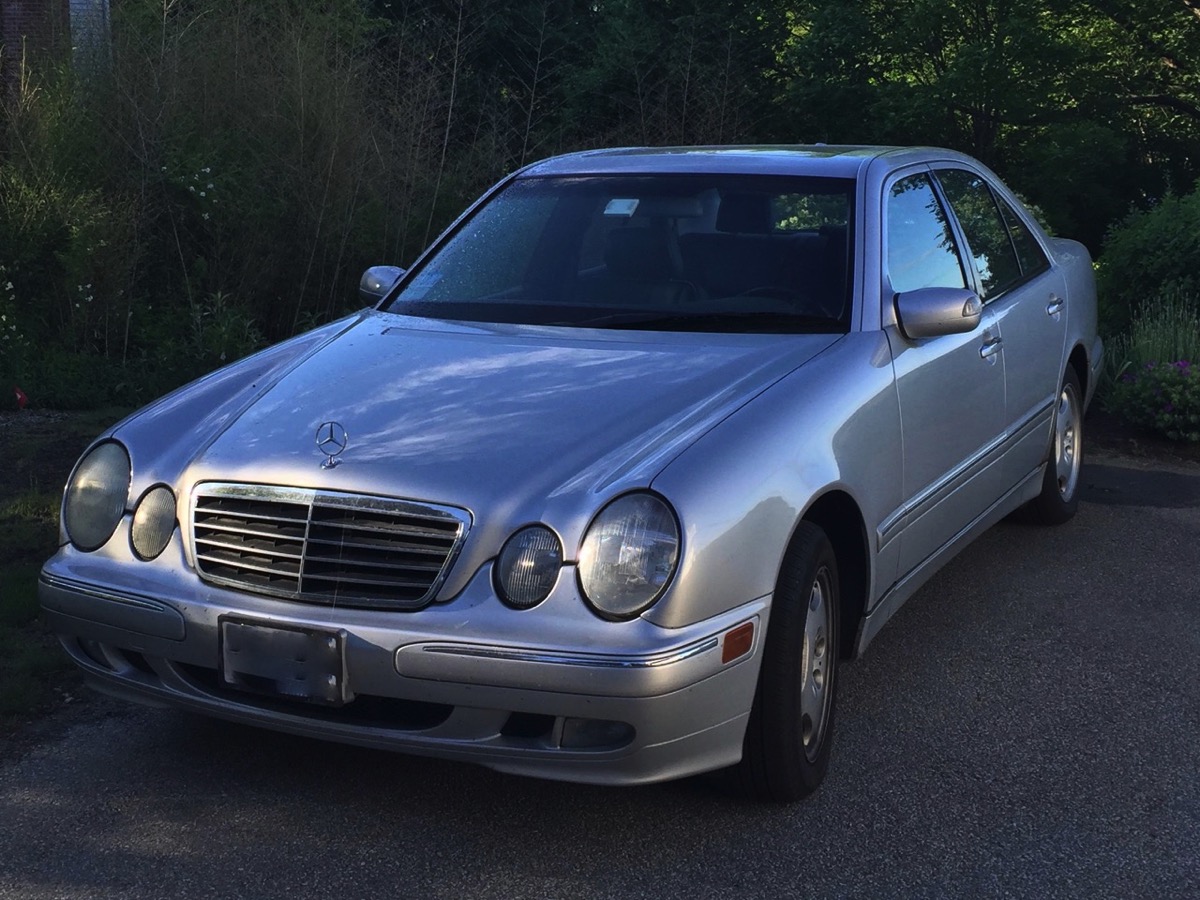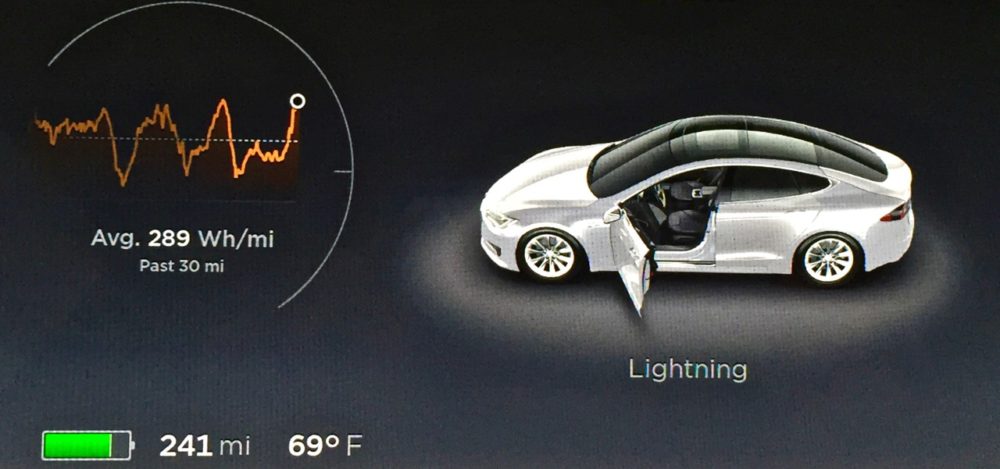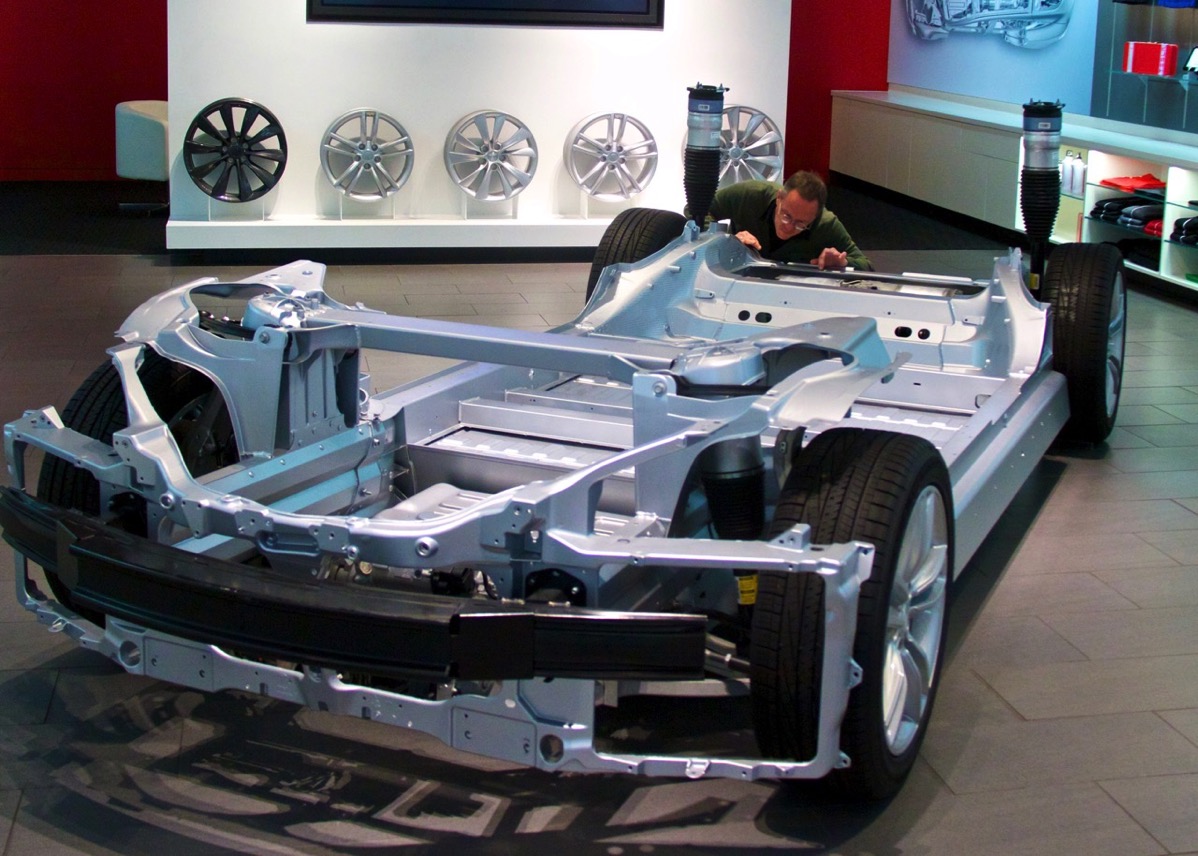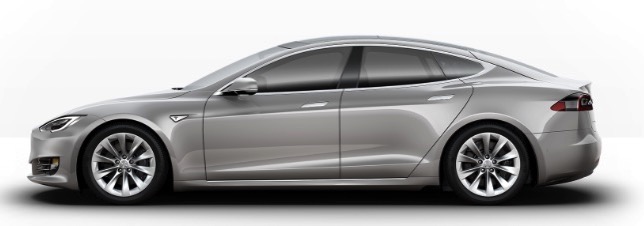
Despite it being 5 days after June 6, today is going to be D-day for us: It’s Tesla delivery day. We get our new Tesla at 2 pm.
A question almost every Tesla-buyer gets asked is, “What did you drive before you bought a Tesla?” I think the answer to that question is often a bit surprising. Here’s the list of cars my wife and I have owned over time:
1968 Renault 10 (first car — I bought it used in 1976)
1978 Renault 5 (Le Car)
1982 Honda Prelude
1988 Honda CRX
1992 Honda Accord
1997 Honda Odyssey
2001 Mercedes E320 4Matic
2003 Acura MDX
Clearly we have not been obsessive high-performance luxury car buyers prior to this.
The one obvious outlier here among all the Honda products (Acura is Honda’s luxury brand) is the Mercedes E320. That was the result of my desire to try out a very technology-centric car, given I was an analyst at a technology-centric analyst firm, Forrester Research. It included dynamic all-wheel drive GPS navigation, integrated mobile phone controls, over-the-air telematics, electronic stability control, and a host of other tech features. While many of those features are common today, they were quite rare in 2001, and I enjoyed having them as part of my daily transportation.
The downside of all this technology complexity, though, was reliability. The Mercedes is an extremely solid car, but its computer systems were still very much in their early days. The first time I saw one of the internal computers in the car crash while I was driving it rather upsetting; nearly every light on the dash came on, and I was alerted to at least 5 different failures of everything from the brakes to the air bags. I resisted panicking and pulled over to the side of the road.
Being a MIT computer science grad, I applied all my technical skills and knowledge to the problem: I turned the car off and back on again. Suddenly, all was right with the world. The car started without a complaint, all the error lights and warnings were gone, and I was able to drive off to work. So much for German engineering.
I have also been disappointed in the mechanical reliability of the Mercedes as well. On this one car, I’ve had several engine seals leak, replaced the main drive shaft twice, and dealt with power window failures more often than I would like. Compared to our Honda cars, the Mercedes has been a repair-shop queen, and a fairly expensive one at that. My rule of them has been that it goes to the dealer once a year for scheduled maintenance and repairs, and I expect that the repair bill will be multiple thousands of dollars each year. It’s just the cost of owning a Mercedes.
So what’s driving us to a Tesla instead of a Honda or Toyota? It’s three things:
- Environmental impact. We put solar panels on our house a couple years ago, with the intent of them eventually powering our transportations needs. The Telsa is simply step 2 in that process.
- New safety technology. As I’m getting older, I really would like to have modern features such as autopilot, collision avoidance, and lane departure detection. I’m a good driver (never had an accident), but these will make me better, especially as my reaction time slows.
- Simplicity. Especially after our Mercedes experience, we want a car that pushes mosts of the complexity of the car into software, which can be updated, instead of hardware that breaks. The average internal combustion engine car has roughly 10,000 moving parts; the Tesla has less than 20 in its drivetrain. Less really is more.
All that said, the ultimate answer to what is driving us to a Tesla is “My Mercedes.” It’s what will transport us to the Tesla dealer and take us from yesterday’s technology to tomorrow’s when we trade it in this afternoon. It promises to be quite a ride.



